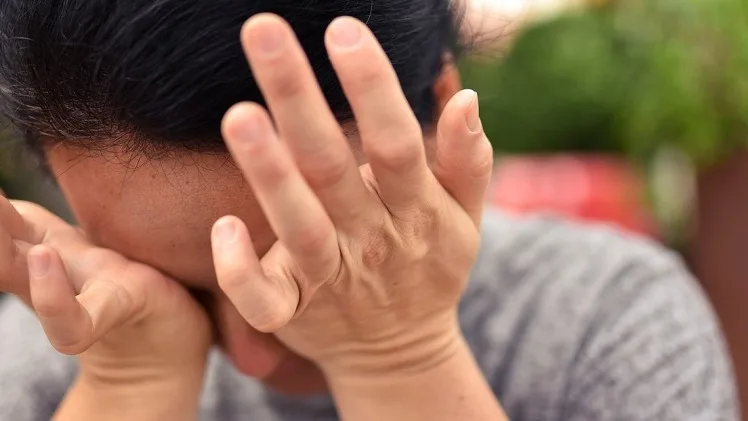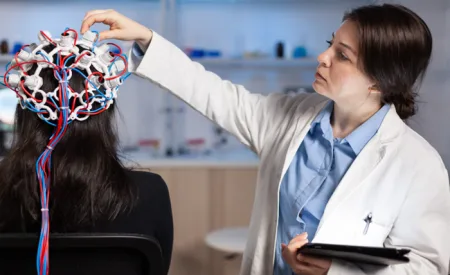When children are young, it is the perfect time to develop a healthy vision. A good diet, being active, and caring for their eyes are necessary to keep them healthy. But even then, children can have eye issues. Unfortunately, unless their eyes hurt or itch, they cannot understand or tell you if there is any problem with their vision. Parents must be alert to any changes in their children’s eyes. For instance, following the RSVP (redness, sensitivity to light, vision change, and pain) will help. If the child complains of or notices this, take the child to an ophthalmologist immediately. Otherwise, the eyesight problem will go undetected until they are well into adulthood.
Here are a few symptoms you should not ignore in your child:
Table of Contents
Constant rubbing or blinking of the eye
If your child is constantly rubbing or blinking their eyes, be alert. It is mostly because of irritation caused by animal or pollen-related allergies. The treatment of eye allergies is with prescription or over-the-counter drops. For kids, it is best to take prescription drops. Another reason for blinking or rubbing is irrational behavior caused by a foreign body getting caught under the child’s eyelid.
Moreover, constant rubbing or blinking is also an indication of a refractive error, like nearsightedness. Only the ophthalmologist can determine the right cause and suggest the best treatment. So, if you see any of these symptoms, check with your local doctor. Eye doctors in Kennesaw can help look for vision trouble or ensure it is only an allergy.
Covering an eye or tilting the head
If you often see your child covering one eye to look at things or tilting the head to look at someone or an object, check in with a doctor. It is a sign you should not ignore, as it can signify amblyopia or lazy eye. It can also be a refractive disorder, like farsightedness or nearsightedness.
Large pupils or dilated eyes
It is common for children to have one pupil appear larger than the other. It looks more dilated and is common, especially in children with light-colored eyes. They usually have large pupils, which are quite noticeable. Usually, when you expose your eyes to artificial or bright natural light, your pupils get smaller. But for a few children, it doesn’t. There are many reasons, like ADHD medicines, sweat-blocking medicines, or, as mentioned above, colored eyes. If you have any queries about it or feel the pupils look extremely large, consulting an ophthalmologist for children is best.
Holding a book or screen extremely close
You always scold your child when they are close to a book or phone. It is not ideal for their vision, and rightly so. But if you see them doing this constantly, they might have a vision problem. It is best to take them for an eye exam to catch the vision problem early on. Kids can outgrow this issue if they get treatment on time. When it is too late, they will need more power glasses, and surgery is the only way to get rid of them.
Seeing spots on the white area of their eye
Spots on the eyes are common in children and have multiple causes. To know if they are serious, monitor them closely and take immediate action.
- If you see a bright red spot, it may be a subconjunctival hemorrhage. It is a broken blood vessel, which looks scary but usually resolves independently.
- A gray spot on the skin of a child indicates a benign condition. Yet, an eye doctor should rule out the reason, which may be iron deficiency or anemia.
- A brown spot on the white area is a nevus (eye freckle). Kids with dark eyes or hair get it frequently as they produce melanin. An eye doctor will monitor it to see if it changes color or size.
- If any spot appears in the eye after an injury, check with the doctor immediately.
As a parent, you must pay attention to changes in your child. The symptoms may come or go, so be attentive, and if the child complains of something, take it seriously. Lastly, find a good eye doctor and check your child once a year.



